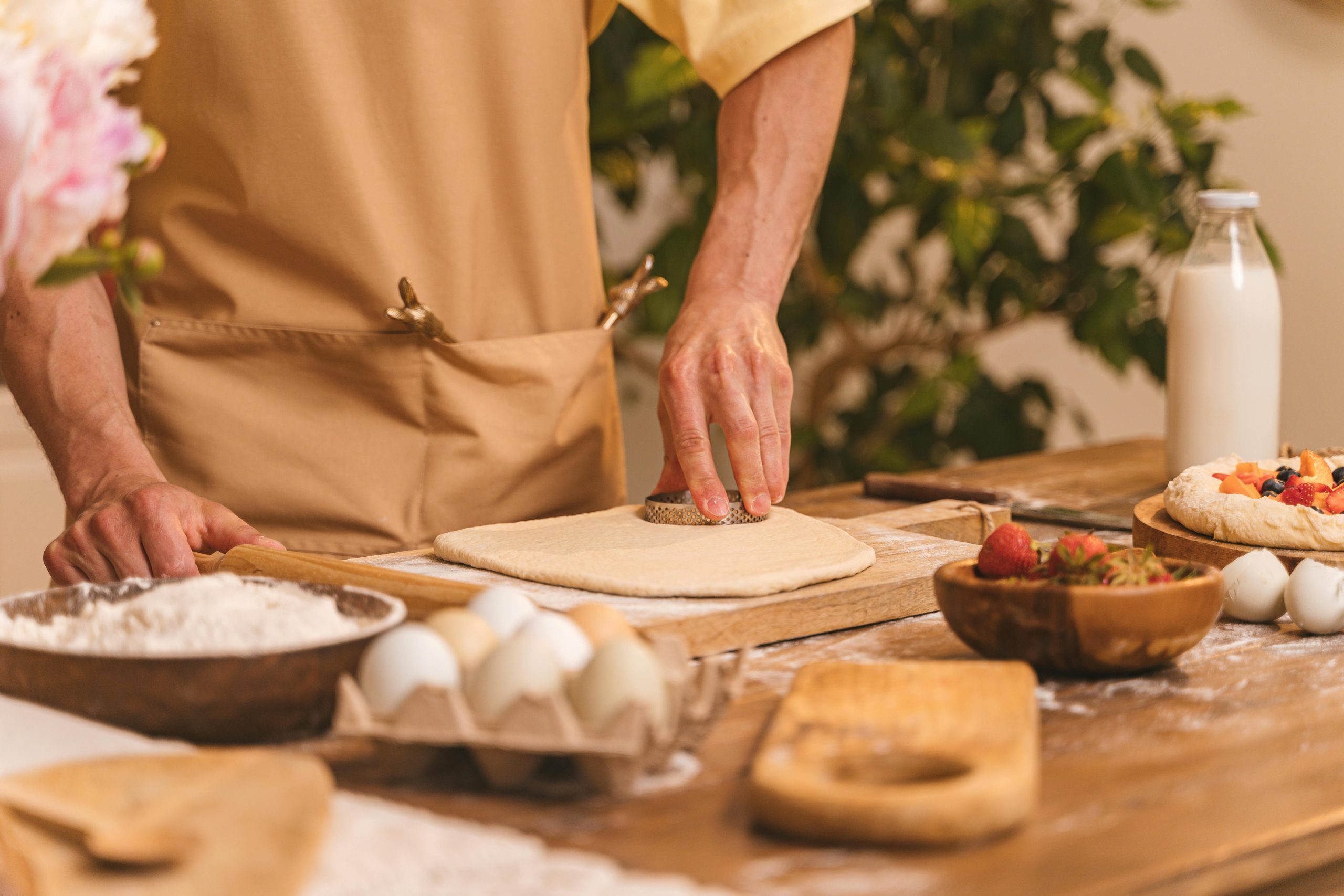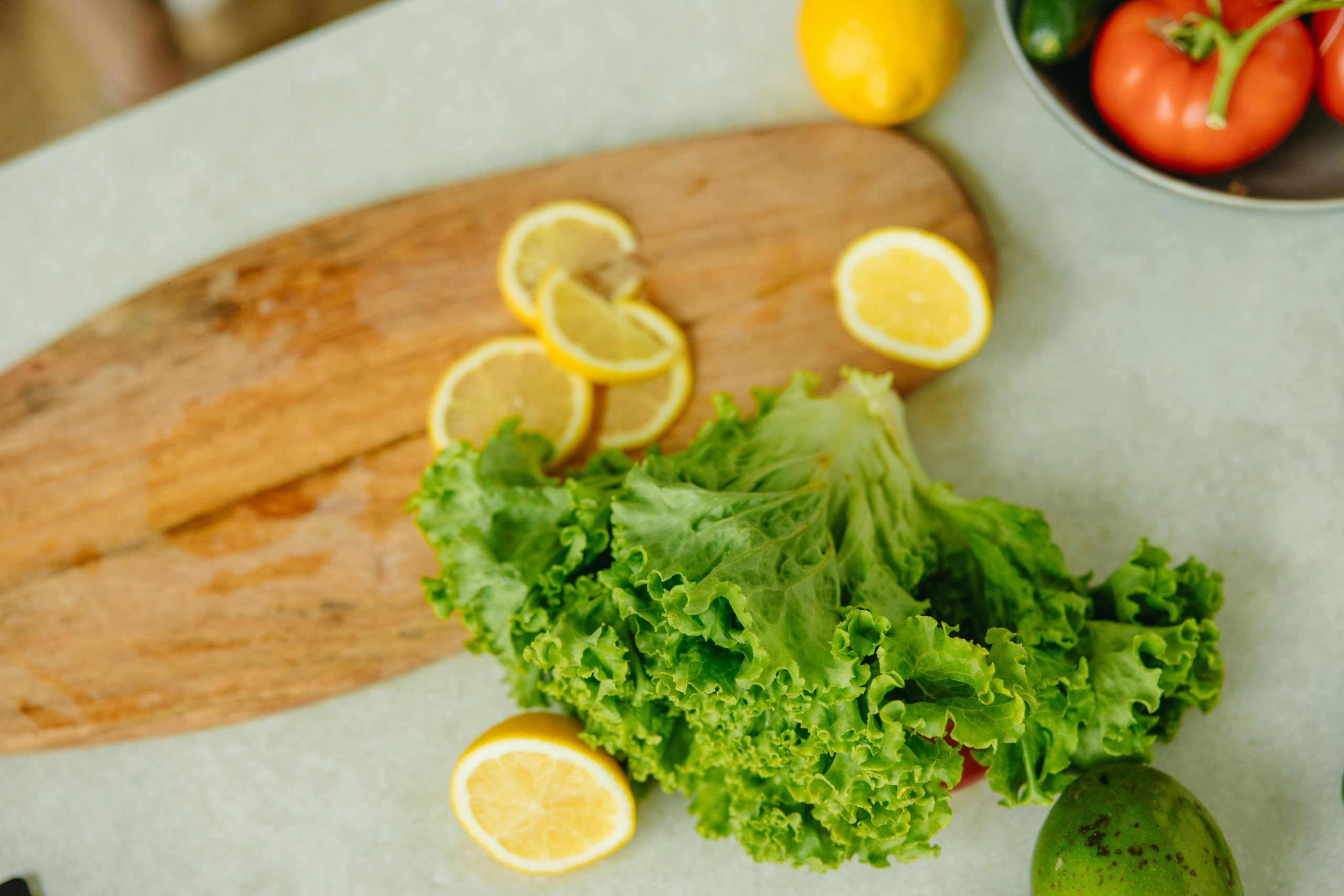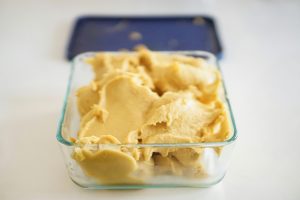Baking With Alternative Flours
Are you tired of using traditional wheat flour in your baking recipes? Want to try something new and exciting? Look no further than alternative flours! These unique flours offer a variety of health benefits and can add new flavors and textures to your baked goods. In this article, we’ll dive into the world of alternative flours and explore how they can level up your baking game. So, let’s get started!
The Rise of Alternative Flours
With the increasing popularity of low-carb, gluten-free, and paleo diets, alternative flours have become a staple in many households. Unlike traditional wheat flour, alternative flours are made from different types of grains, nuts, and seeds, making them a great choice for those with dietary restrictions or seeking a healthier lifestyle. These flours also offer unique flavors and textures that can elevate your favorite baked treats.
Types of Alternative Flours
There are many types of alternative flours available in the market, each with its own unique qualities. Let’s take a look at some of the most popular ones:
1. Almond Flour
Almond flour is made from finely ground almonds and is known for its nutty flavor and moist texture. It is a great substitute for traditional wheat flour in cakes, cookies, and muffins. It is also low in carbohydrates and high in healthy fats, making it a popular choice among those following a keto or low-carb diet.
2. Coconut Flour
Coconut flour is made from dried and ground coconut meat. It has a sweet, nutty flavor and is high in fiber, making it a favorite among those following a gluten-free or paleo diet. It also adds a delicious tropical twist to your baked goods.
3. Buckwheat Flour
Buckwheat flour is made from ground buckwheat seeds and has a nutty, earthy flavor. It is rich in fiber, protein, and essential minerals, making it a healthy alternative to wheat flour. It works well in pancakes, waffles, and bread.
4. Quinoa Flour
Quinoa flour is made from ground quinoa seeds and has a slightly nutty, sweet flavor. It is high in protein, fiber, and essential minerals, making it a nutritious choice for baking. It works well in bread, muffins, and cakes.
Tips for Baking with Alternative Flours
Baking with alternative flours can be a bit tricky, as they have different textures and properties compared to traditional wheat flour. But fear not, with these tips, you’ll be a pro in no time:
1. Measure Accurately
Alternative flours are denser than wheat flour, so it’s essential to measure them accurately to avoid a dry or dense final product. Use a kitchen scale to measure the flour by weight or use the spoon and level method for accurate measuring.
2. Mix with Other Flours
To achieve the best results, it’s always a good idea to mix alternative flours with traditional wheat flour or with each other. This helps balance out flavors and textures and prevents your baked goods from becoming too dense.
3. Add Extra Moisture
Alternative flours absorb more liquid than traditional flour, so it’s crucial to add additional moisture to your recipes. This can be done by adding an extra egg, using applesauce or mashed bananas, or increasing the amount of liquid in your recipe.
4. Use Parchment Paper
Due to their lack of gluten, baked goods made with alternative flours tend to stick to baking pans. To avoid this, line your baking pans with parchment paper to ensure easy removal of your treats.
The Bottom Line
Baking with alternative flours opens up a whole new world of flavors, textures, and health benefits. Whether you have dietary restrictions or simply want to try something new, these flours are worth giving a shot. Experiment with different combinations and ratios to find the perfect alternative flour mix for your favorite recipes. So, grab your apron and get baking with alternative flours! Your taste buds (and health) will thank you.











